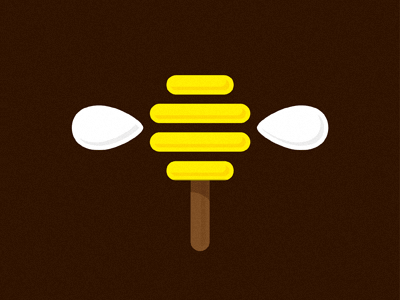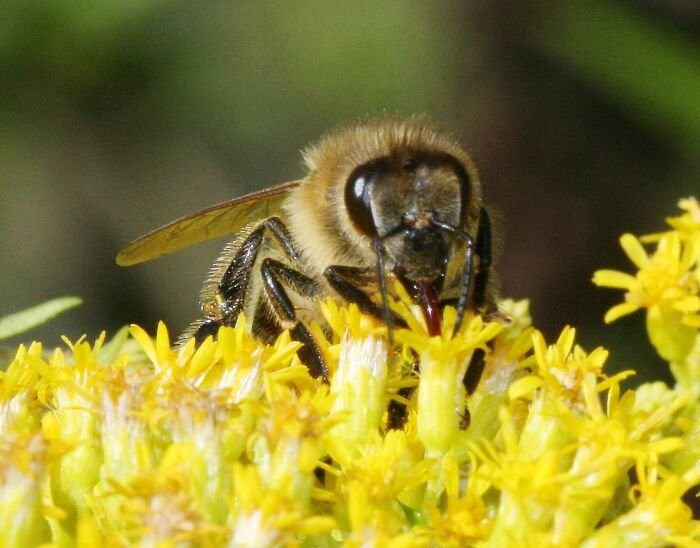
In my last talk about the fascinating world of honey and honeybees, we talked about the historical context of it. Now, I would love to move on and talk about how it is made? Have you ever wondered how honey is made? How do they do it? How many bees does it take? I will try to answer these questions pertaining to "How honeybees make honey"
Visiting flowers and Extracting Nectar

Of course, the first part of the process would have to be the harvesting stage. It is important for honeys to find the best flowers to extract their nectar from. This is one of the most crucial processes. In the olden times, honeybees would have to scoundrel the earth in search for fresh flowers to extract nectar from. However in the most recent years, humans have made it possible to semi-domesticate honeybees in man-made hives making it easier for bees to harvest while making sure humans have spare for our own consumption
It's amazing what mutualism in nature can do. Both benefit from the process. Now, honeybees may either extract honey from nectar or from the anther of flowers. Nectar is extracted using the honeybees' long tube-shaped tongue and is then stored in its nectar sac. When the bee gets hungry on his way home, he can use a portion of his harvest and transfer it to his stomach for energy use. This is what makes them so efficient, they need not stop over to get extra food but may simply use their harvested nectar and use for their own consumption. We could learn a lot from the efficiency of bees.
Returning home to the Hive
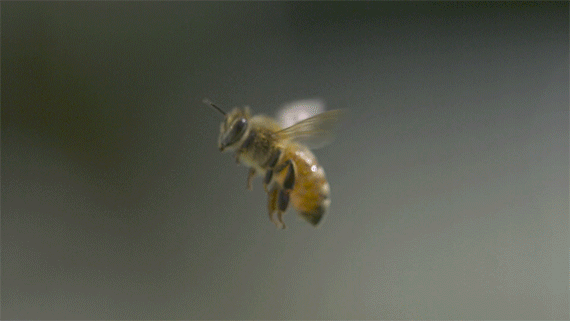
A bee can carry honey equal to its own weight. This is what makes bees a flying machine. As a common term implies: "Busy Bee", one single honeybee needs a full tank before he is ready to go back home. He first makes sure that he has enough for himself and for the hive before he proceeds home. This isn't sanctioned for them but it comes off as an instinct. Honeybees are hard-wired hardworking insects working throughout the day.
Processing and Storage of Honey
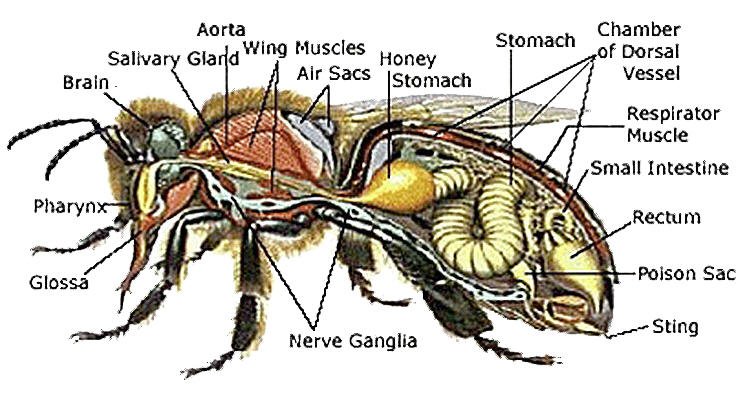
When a honeybee reaches the hive, it moves the nectar to another workerbee in a process called regurgitation. This is done repeatedly until it is partially digested. This usually takes one hour until its moisture content is reduced from about 70% to 20%. This changes the nectar into honey and ready to be placed into a honeycomb.
After it has been placed on a honeycomb, something really amazing happens. Bees come closer and fly around to speed up the evaporation process. This is necessary for them to speed up the process (again bees have a knack for efficiency). Some evaporation is caused by the 32.5°C temperature inside the hive.
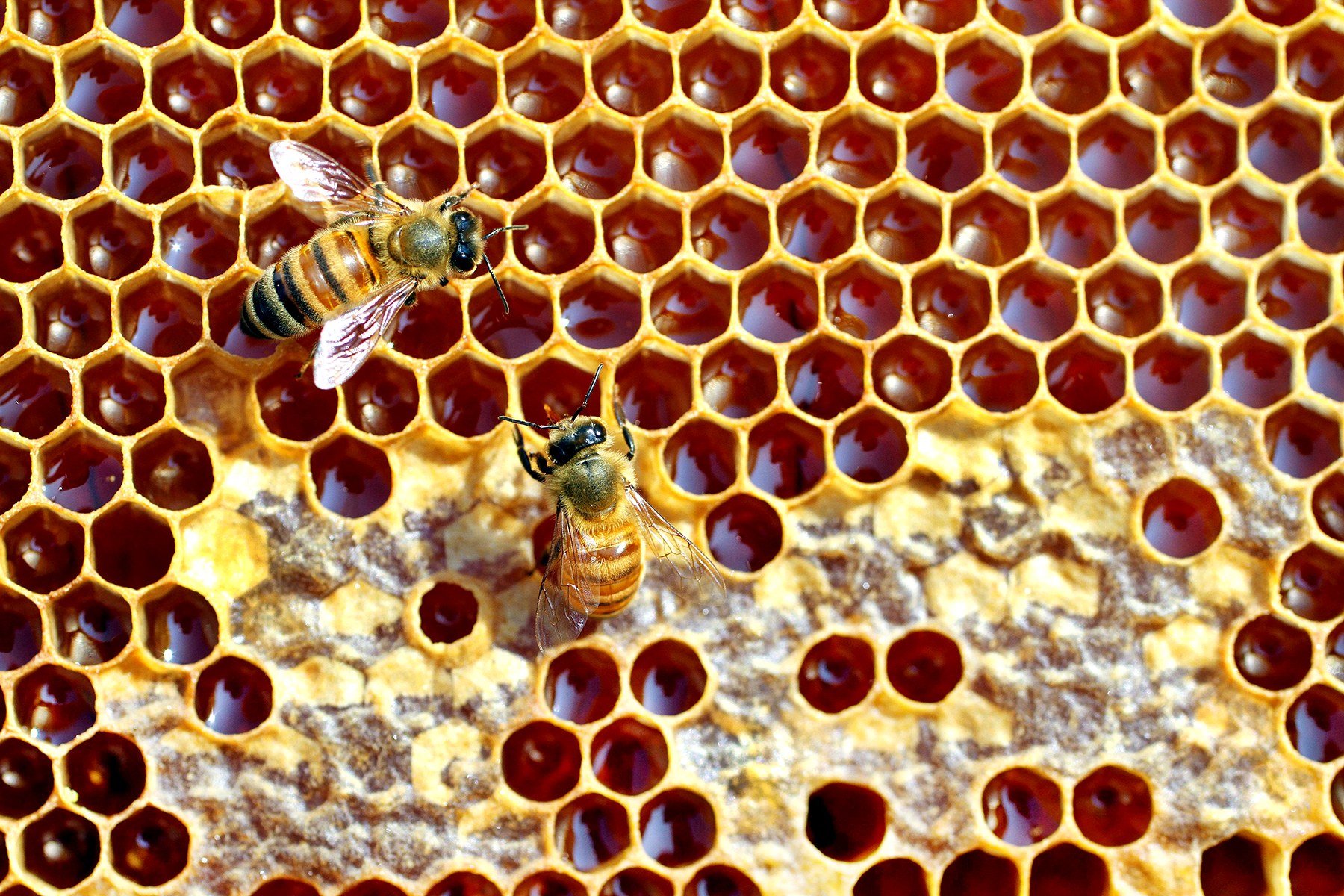
Once the right consistency is formed and most of the water has already evaporated, the bees seal the honeycomb with beeswax making it impermeable from air, water and other outside influences. This perfectly sealed honey is now ready to be used for the cold winter months or for human consumption.
Fun Facts
It takes eight bees an entire lifespan to create a single teaspoon of honey.
Greece and Sicily were among the most famous historical centers of honey production in the olden days
The color, taste, aroma and texture of honey differ depending on the type of flower the nectar is extracted from.
On average, a one bee hive contains 40,000 bees.
That's all for today. I will be posting more talks about honey real soon. Next time we will talk in-depth about its components, and uses in different fields.
Sources:
Palermo, E. (2013). What Is Honey? retrieved from livescience.com
Turnbull, Bill (2013). Ask a grown-up: how do bees make honey? retrieved from theguardian.com
